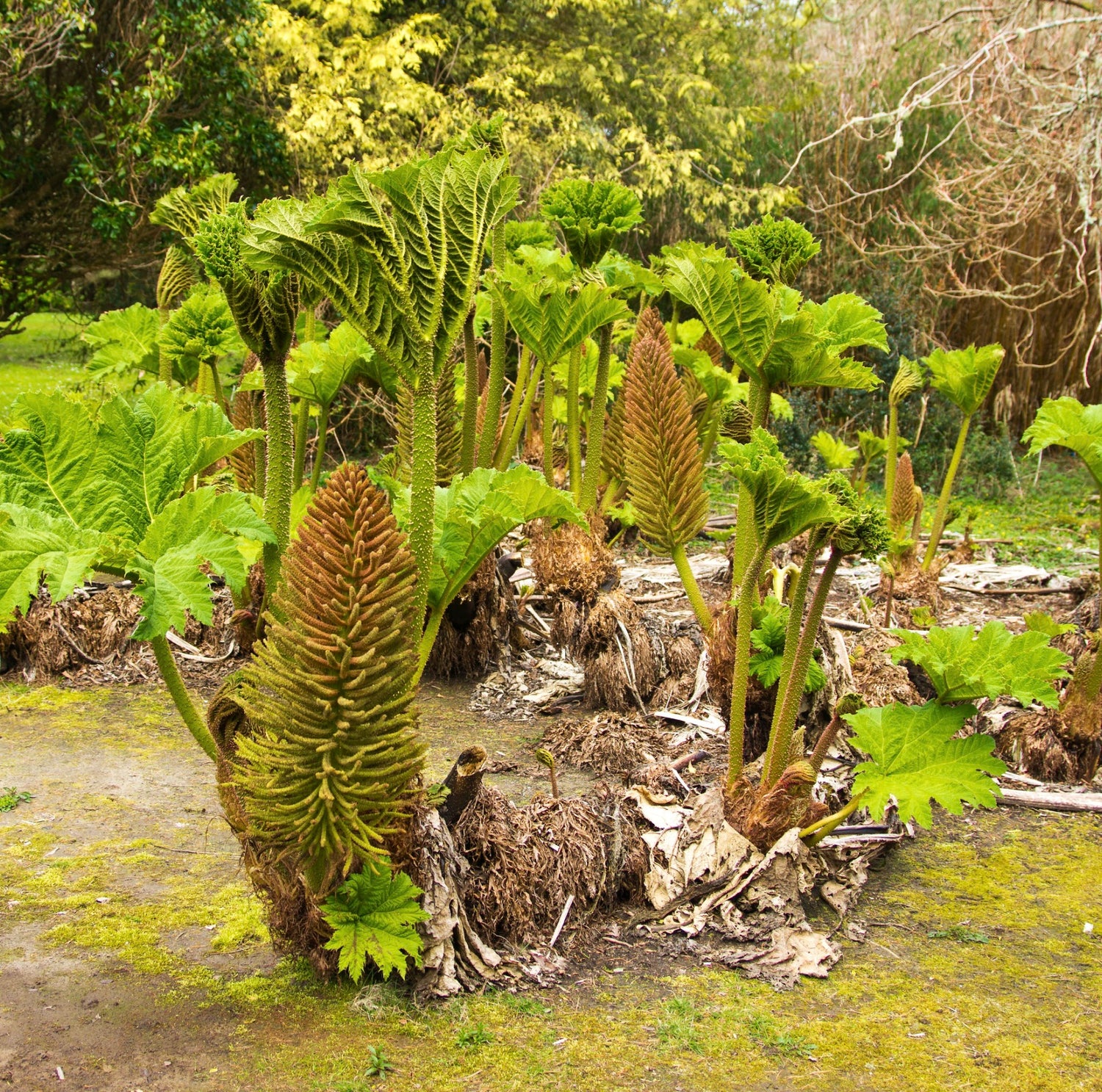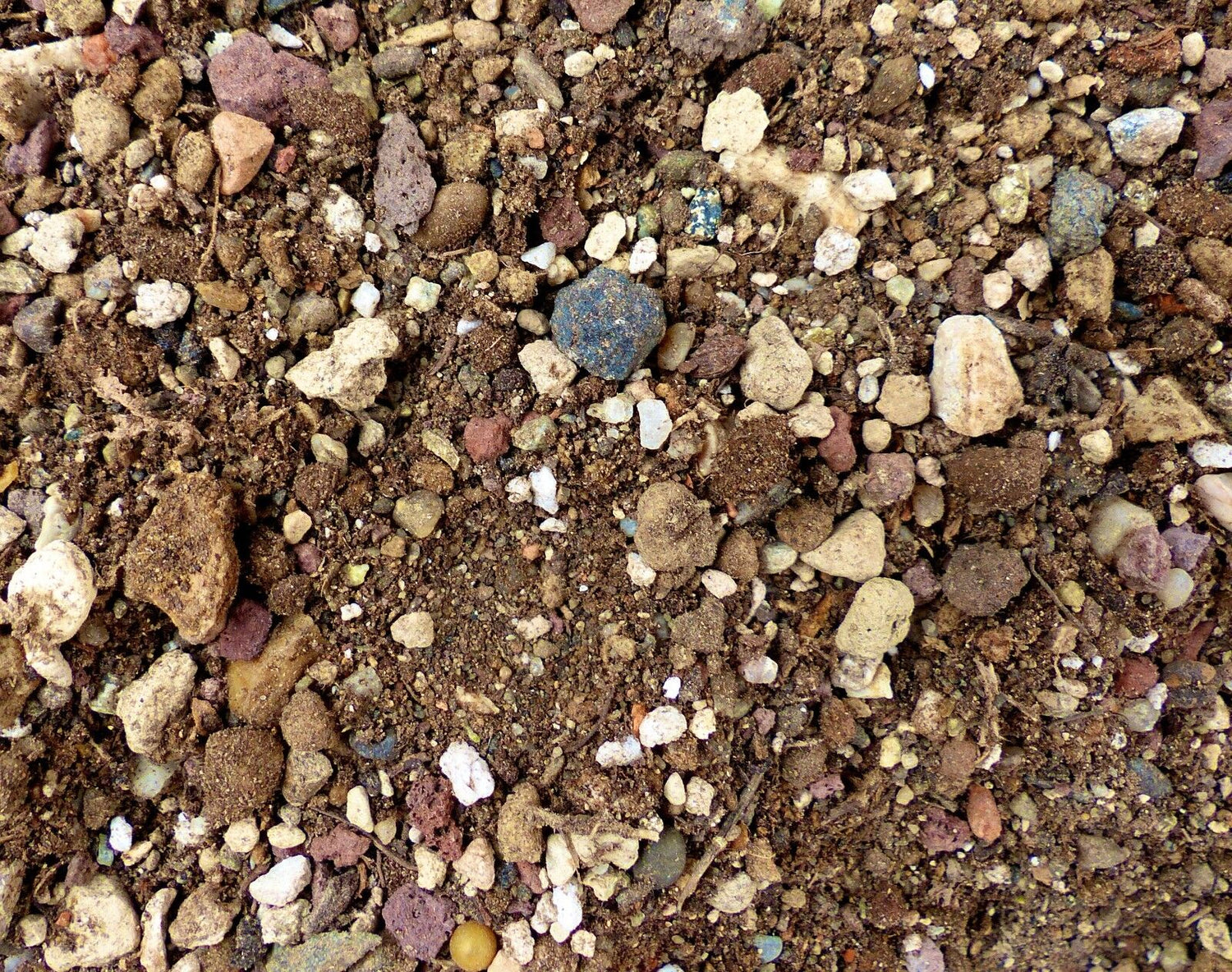Collection: Carpobrotus
Carpobrotus: The Hardy Ice Plant
The Carpobrotus, commonly known as ice plant or Hottentot fig, is a versatile succulent native to coastal regions. With species like Carpobrotus edulis and Carpobrotus glaucescens, it offers vibrant ground cover and ecological benefits.
Popular Species and Features
The Carpobrotus edulis, known for its yellow and purple flowers, is widely grown for its edible fruit and ground-covering abilities. Other notable species, such as the Carpobrotus chilensis and Carpobrotus rossii, add variety to coastal and dry gardens. Unique cultivars like the Carpobrotus aussie rambler are perfect for large-scale landscaping.
Care and Propagation
Caring for Carpobrotus plants is straightforward. They thrive in well-drained soil and full sun, requiring minimal water. Propagation is simple through cuttings or Carpobrotus edulis seeds, making them an excellent choice for beginner gardeners. Their resilience to drought and poor soil conditions makes them ideal for erosion control and low-maintenance landscaping.
Uses and Benefits
The Carpobrotus edulis offers edible fruits and medicinal benefits. Its extracts are valued for skin health and natural remedies, while the plant itself is used for ecological purposes, such as stabilizing sand dunes. Additionally, species like Carpobrotus glaucescens and Carpobrotus dimidiatus attract pollinators, enhancing biodiversity.
With its vibrant flowers, low-maintenance nature, and ecological advantages, Carpobrotus is a must-have for sustainable gardening.







